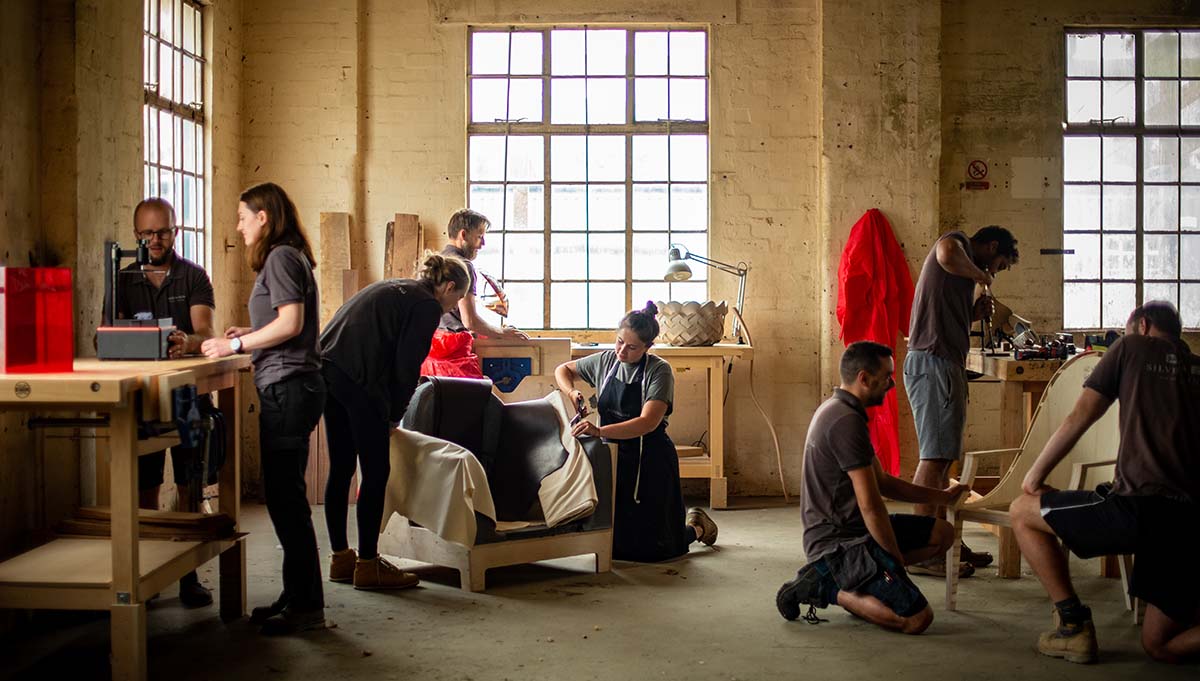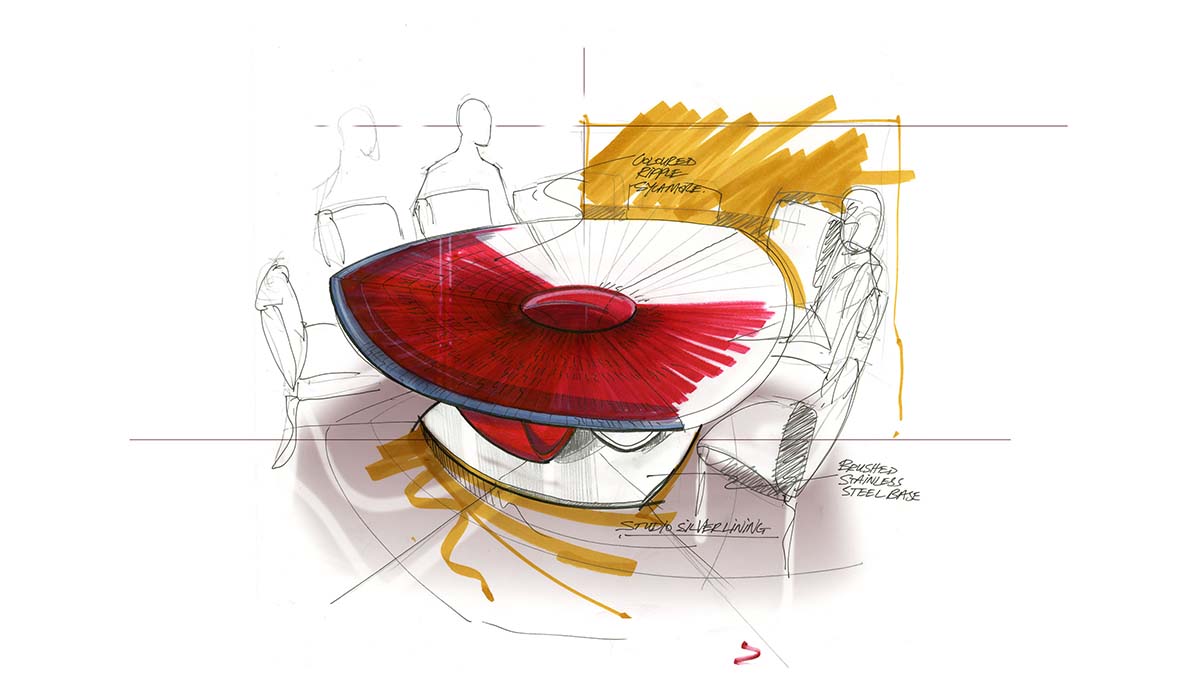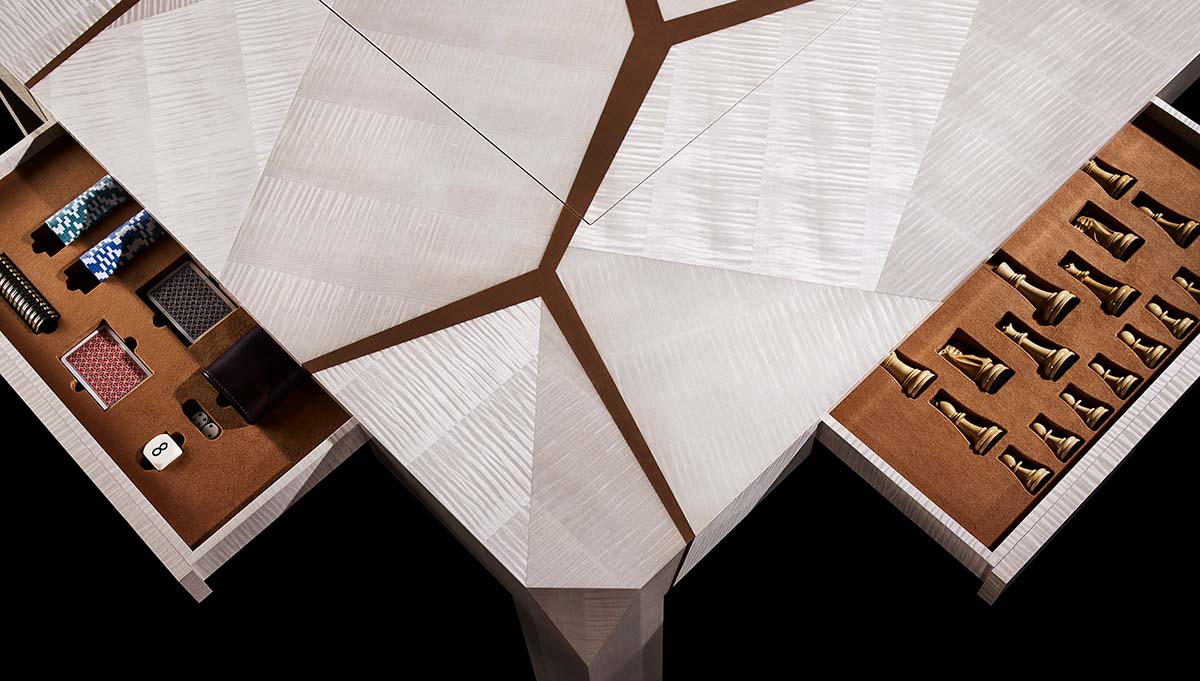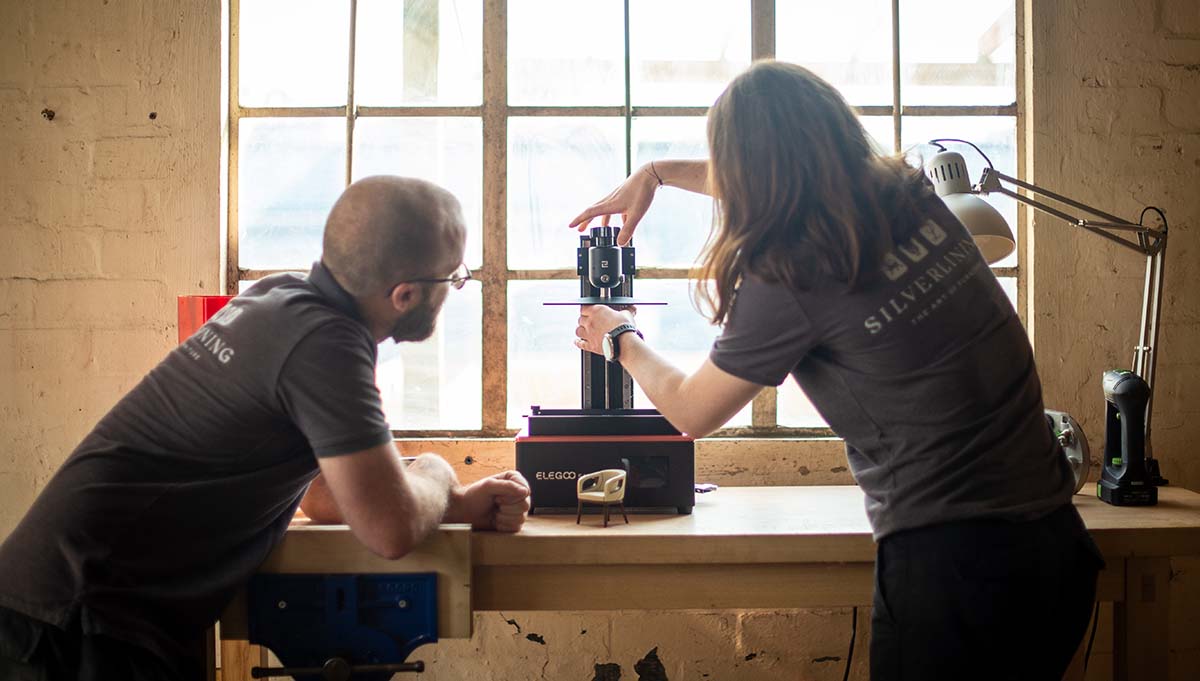

The art of the craft
It is easy to think that in this age of mass production, fine crafts and master trades might be in jeopardy. Thankfully, a new generation of affluent yacht clients are helping keep a vast array of traditional skills very much alive.
If you’ve never had a chance to see the work up close of the master craftspeople behind exquisite and highly bespoke furniture, it’s fair to say you are missing out. The extraordinary attention to detail, the incredible finishing, and the genius imaginations behind modern furniture pieces are testament to the skills of carpenters and fabric specialists and a dozen other trades involved in the process – many of which have been passed down through generations of master cabinet makers, and many more of which are the result of invention and innovation by a new generation of master craftspeople.
The same is just as true, of course, of myriad other trades involved in creating the modern superyacht – from the welders and fabricators working on the hulls to the electricians and integrators behind a yacht’s complex systems. There are many tens of thousands of people across all trades who derive their living from superyachts, yacht design and construction. It includes the team of 72 at Silverlining, a bespoke furniture maker whose work often becomes the most visually striking facet of a superyacht’s interior, standing proud as centrepieces of a room or an entire interior.


It is encouraging on two counts. First, it means that precious trades and skills that have been passed down through generations are being kept alive and are evolving. Second, it shows that the next generation of superyacht owners appreciate such craftsmanship which in turn should ensure a bright future. “We’ve got some really, really exciting projects, a lot of which are based around sustainability,” begins Mark Boddington, founder and managing director of Silverlining. “And we’ve also got a lot of younger families coming to us – the audience is definitely getting younger. Thirty years ago our customers were probably people in their 60s, but now they are in their 30s or 40s, or even younger.”
This all gives Silverlining the opportunity to invest more in research and innovation. “We have this thing called Innovation Friday,” Boddington explains, “so once a month everyone can experiment, and it’s all about creating a culture where there’s nothing wrong with failure because actually some of the best ideas or processes have come about from mistakes. We’re finding too,” he continues, “that the younger generation are passionate about new materials. For example, we’re using flax instead of carbon fibre as a laminating material to create a very natural finish that uses a bio-resin, so not derived from the oil industry but a natural by-product of the soya bean industry. We’re using cactus and palm leaves, straw and also recycled leather – even waste materials. It’s amazing how you can create luxury from looking at waste materials in a different light. You can turn very ordinary materials into beautiful luxury with the right focus.”


It also means the company is being able to extend the Silverlining Academy, which serves to attract new blood to the various crafts and develop them into masters of their trades. And it’s important to note that this isn’t what most people think of as just an apprenticeship scheme for school-leavers. “We had a guy who was 59 and was a very successful lawyer – so the age range of our Academy spans 16 to 59,” Boddington points out. “They learn a variety of skills – from cabinet making with wood to CNC and laser cutting, R&D, and new materials. We teach a range of skills over time to ensure that, whether they are a designer or a maker, they are multi-talented and multi-skilled.”
Boddington refers to the Academy as a PhD training academy because ultimately it’s about learning to create pieces of furniture that are museum quality. “It’s about two things for me,” he offers, “because it’s about a legacy. It’s creating one of the pieces of furniture that are in private collections, be that on a yacht or in someone’s house somewhere in the world, but it’s also about creating a legacy for tomorrow’s creative people, craftsmen and designers. I think all of us in this industry have a duty to give something back. We all talk about corporate social responsibility, but it’s no good just paying lip service – we’ve actually got to invest in that.”


It’s clearly paying dividends at Silverlining – there are currently 58 people operational on the shop floor, with an average age of 29, and eight people being trained as part of the Academy programme. What’s more, 25 per cent of Silverlining’s artisans are female craftspeople – and the entire team is creating sensational, sublime pieces of furniture that push the boundaries both of technique and of design.
“For us,” Boddington concludes, “it’s all about being the leader and seeing what is possible with whatever 21st Century craftsmanship is – and also defining that, because a lot of people we meet don’t know what’s possible. That’s the great thing about the superyacht industry – it’s actually a leader in so many areas, from furniture to hydrogen power, and it shows people what’s possible.”



